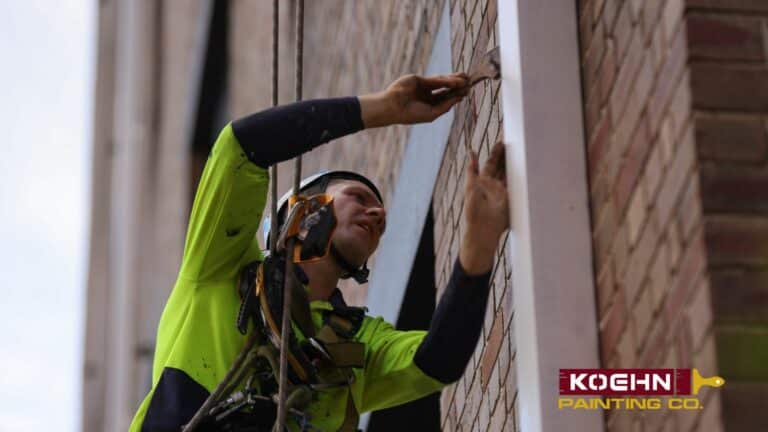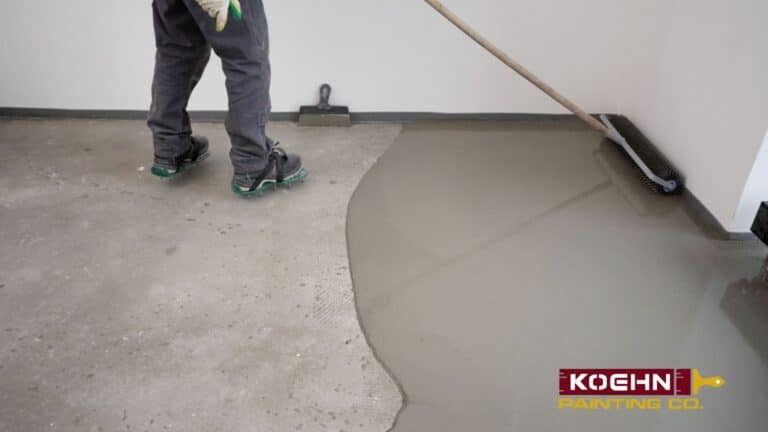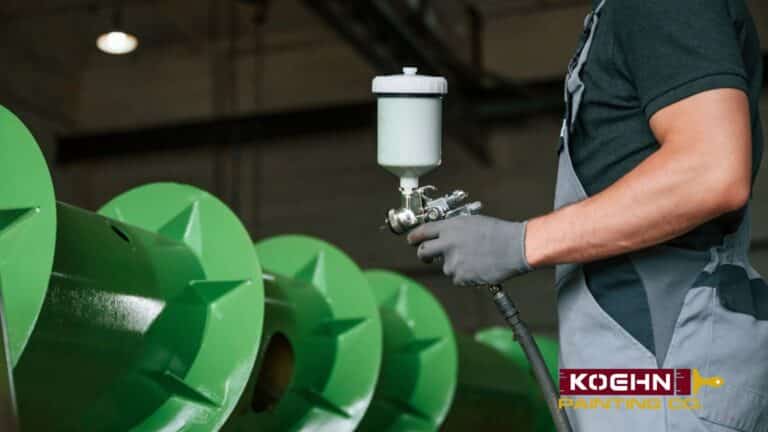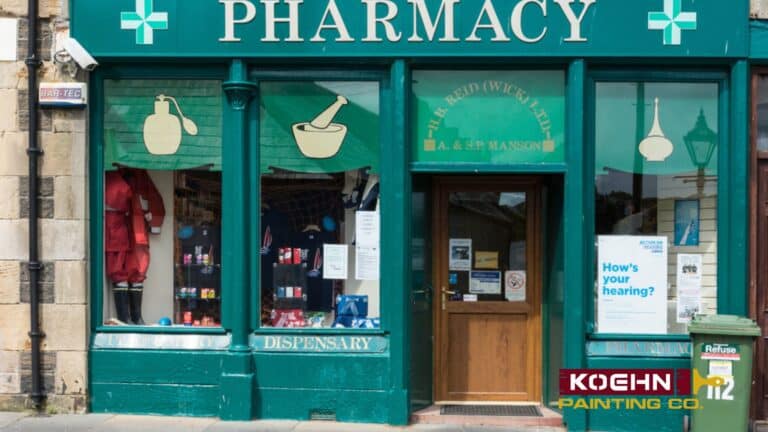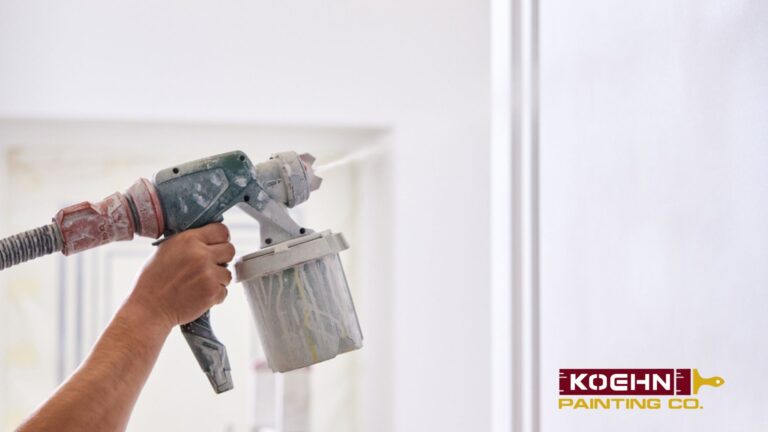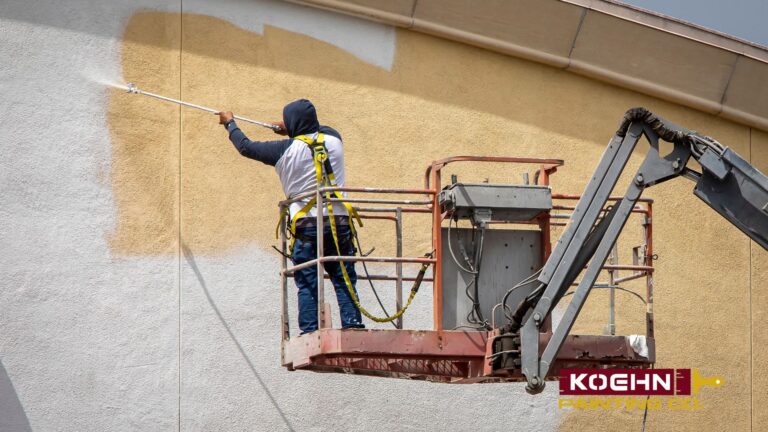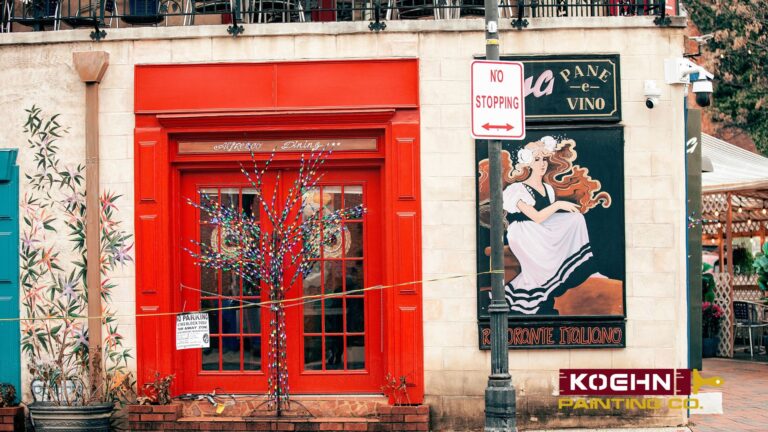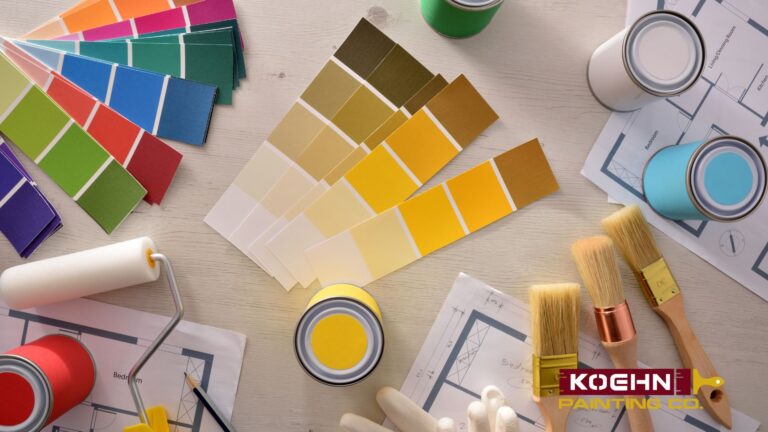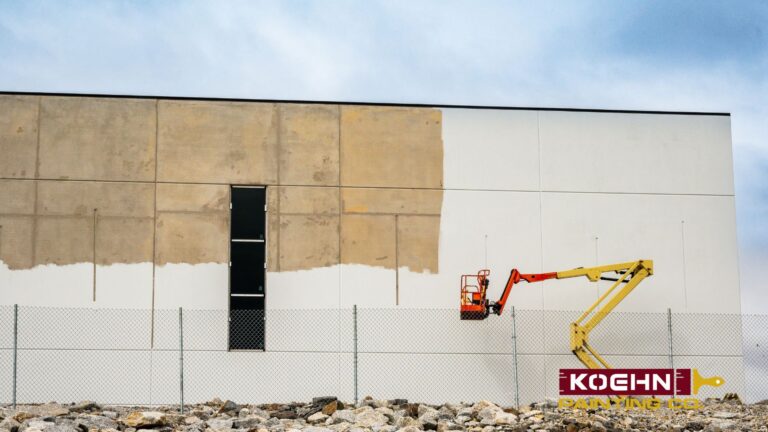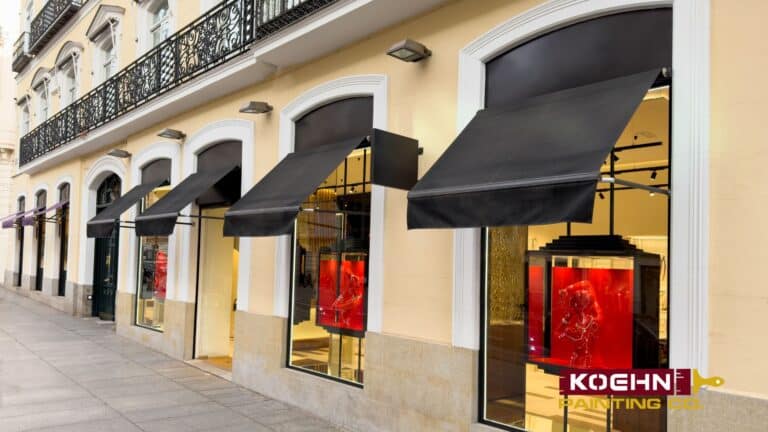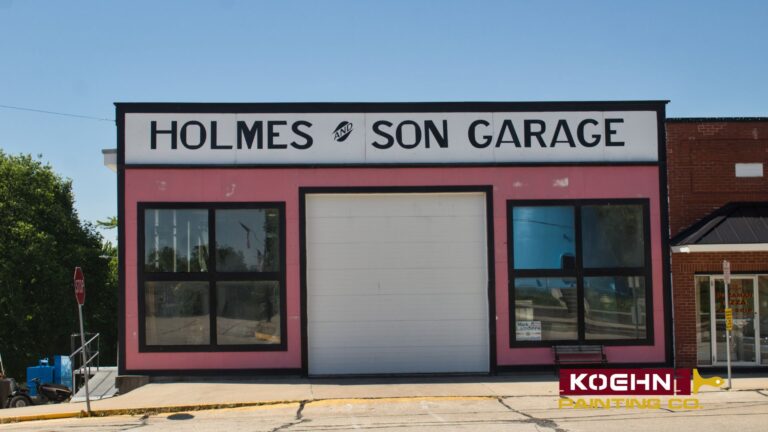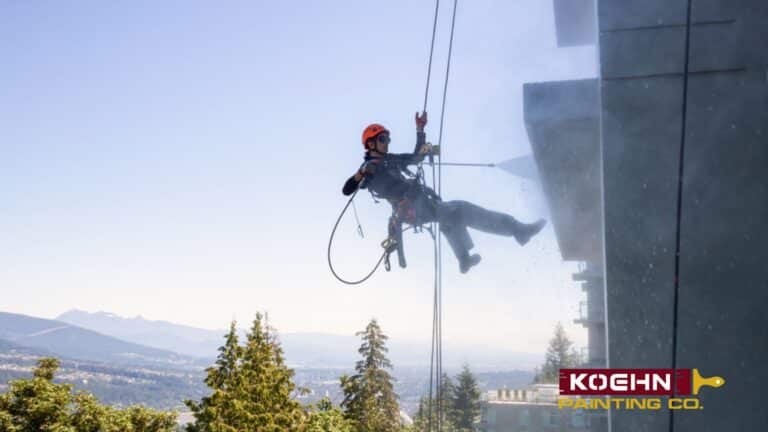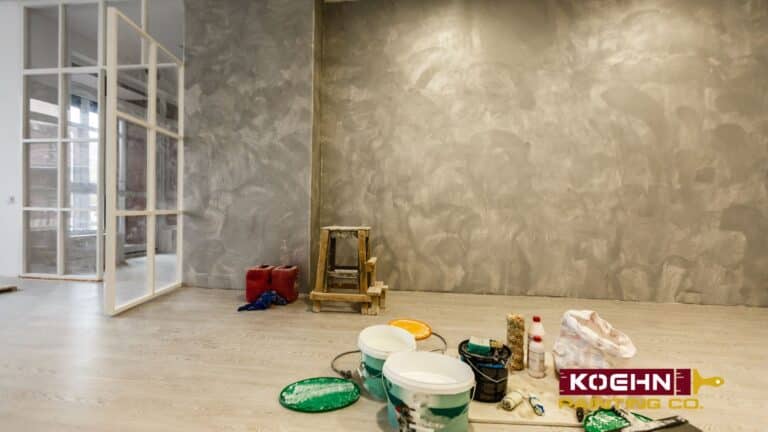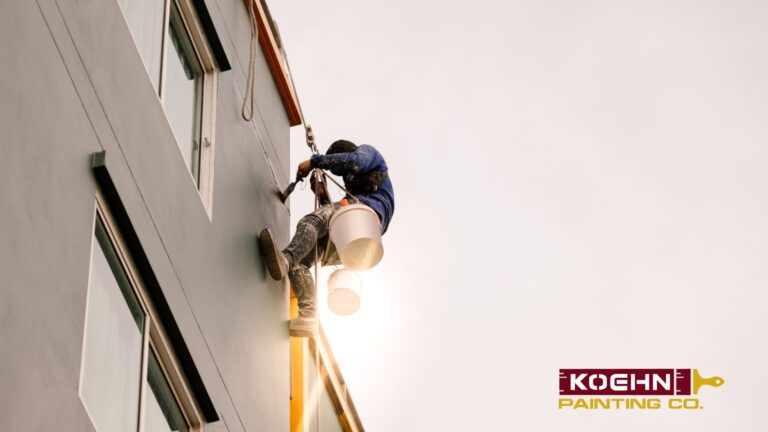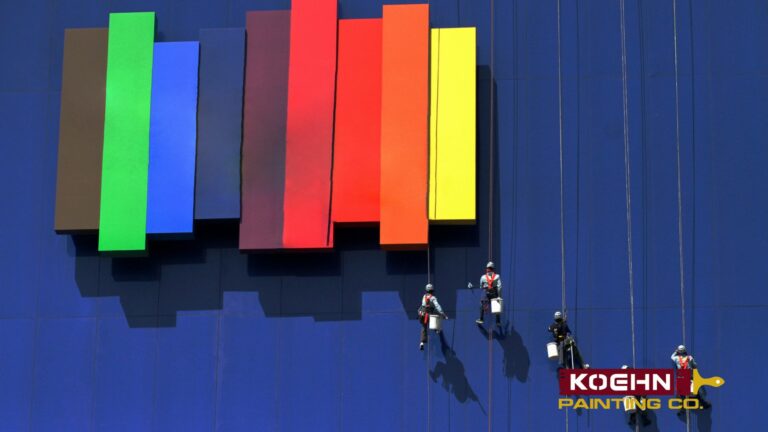Key Differences, Uses & Innovations in Painting and Coating
When you think about painting and coating, what comes to mind? A fresh coat of color on your walls or the glossy finish on a new car? You might be thinking they’re the same thing, right? After all, both seem to cover surfaces, protect them, and even look good doing it.
But here’s the catch—painting and coating aren’t the same, and the difference could make or break the durability and performance of your business’s assets or your home environment.
Most of the time, coating failures happen due to improper selection or application. That’s a lot of wasted time, money, and effort. So, how do you avoid these costly mistakes? It all starts with understanding the key differences and knowing when to choose paint versus a coating.
Understanding the Difference Between Painting and Coating
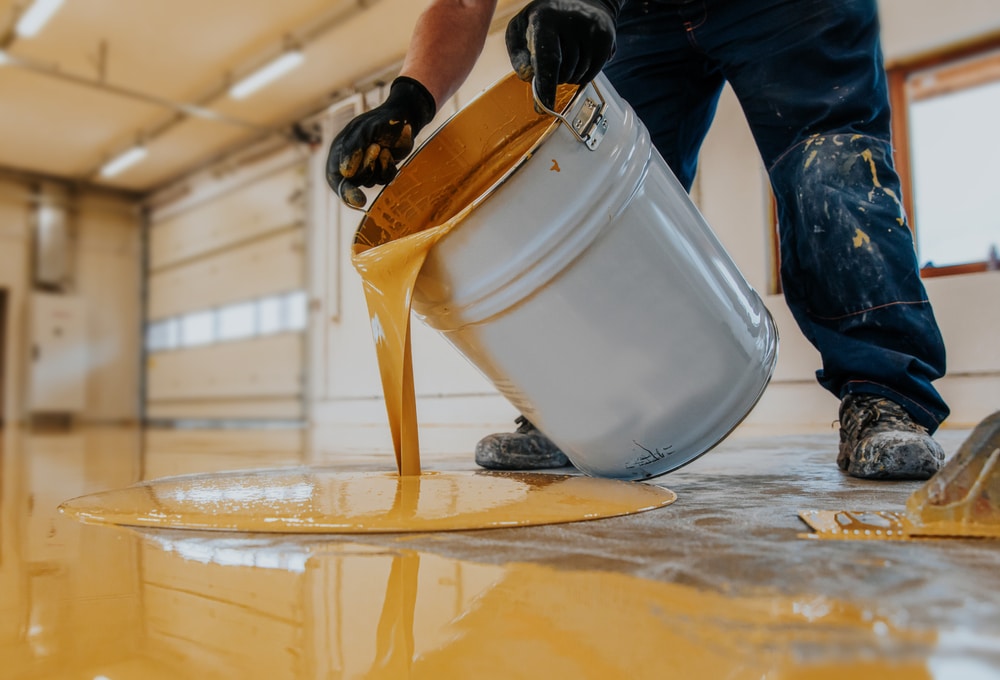
When it comes to surface protection, the terms “painting” and “coating” are often used interchangeably. However, they refer to different purposes and are not always suitable for the same applications.
To begin with, painting is about appearance. It gives surfaces their color, texture, and finish, making things look visually appealing. But don’t get confused by thinking that painting is all about looks and nothing more—it often provides some basic protection as well.
For example, high-quality interior paints offer a degree of resistance to dirt and stains, while exterior paints can help guard against UV rays and moisture. Still, the primary purpose of paint is enhancing aesthetics, not offering heavy-duty protection.
Paint is commonly used for:
- Residential walls
- Furniture and decorative pieces
- Vehicles and equipment with a focus on appearance
In general, they offer basic protection. Paints can provide mild protection against weathering, but are not built to withstand extreme conditions.
In contrast, coatings are specifically formulated to protect surfaces. Unlike paints, which focus on aesthetics, coatings are designed to withstand harsh conditions, such as moisture, chemicals, heat, and wear.
Whether it’s a marine coating designed to protect ships from saltwater corrosion or a protective coating for industrial machinery, coatings are built to ensure durability and extend the life of the surfaces they cover.
Common types of coatings could be:
- Corrosion-resistant coatings (used in the steel and metal industries)
- Wear-resistant coatings (applied to heavy-duty equipment)
- Anti-fouling coatings (for ships to prevent marine organism buildup)
Coatings are great for protection from elements. They are often more resistant to chemicals, abrasion, and extreme temperatures than paints.
Common misconceptions
Painting and coating are definitely not the same. Still, some people who know this tend to think that paints are just a cosmetic solution and coatings are strictly for industrial use. This is not always the case. Here are some common misconceptions that need clarification:
- Paints are not just for appearance: While it’s true that paint primarily focuses on aesthetics, many modern paints offer protective qualities, such as water resistance, UV protection, and anti-microbial properties. For instance, anti-mold paints are designed to protect interior walls from humidity, making them more functional than just decorative.
- Coatings are not just for industry: Although coatings are widely used in industrial settings, they’re also found in many consumer-grade products. For example, protective coatings for countertops, kitchen appliances, or even home furniture are becoming more and more popular. DIY coatings, such as floor coatings or anti-slip coating,s are also common for residential use.
When to Choose Paint vs. Coating
Choosing between paint and coating is not just a matter of preference. It depends on different factors like cost, environment, and maintenance requirements. Let’s break it down:
Cost comparison
The first factor that most businesses and homeowners consider is cost. On the surface, paint is generally the more affordable option. A gallon of high-quality paint may cost less than the same amount of coating, especially for basic applications such as interior walls or furniture. Paint is readily available and requires less specialized knowledge to apply, making it a popular choice for quick and inexpensive jobs.
However, the initial paint cost can be misleading in the long run. Coatings, while initially more expensive, offer better cost-effectiveness over time. Why? Because coatings are typically more durable, they require fewer touch-ups, reapplications, or repairs.
Application environment
The environment where you’re applying the material plays a crucial role in deciding between paint and coating.
- Paints are often the best option for indoor applications or mild weather conditions. Think about spaces like residential living rooms, office walls, or even decorative furniture. In these settings, paint serves its primary function—aesthetic appeal—and provides enough protection against dust, dirt, and minor wear. For example, interior paints can resist the occasional stain or mark from furniture but aren’t designed for high-traffic or extreme environmental conditions.
- Coatings, on the other hand, are engineered for protection and perform best in harsh environments. Coatings are essential for applications exposed to elements such as extreme temperatures, moisture, or abrasion. For example, marine coatings are formulated to resist corrosion from saltwater and are designed to prevent barnacle buildup on the hulls of ships. Similarly, floor coatings in factories, warehouses, or garages can endure heavy machinery traffic, spills, and chemical exposure. These coatings not only protect but also help to reduce friction and improve safety in industrial settings.
Maintenance considerations
Another important factor to consider is maintenance. How long will your surface last before it needs attention? Will you have to deal with constant touch-ups, or will the coating stand up to the test of time?
- Paint typically needs more frequent maintenance due to its relatively lower durability in tough conditions. Exterior paint, for example, can begin to peel, crack, or fade after just a few years of exposure to UV rays, rain, or wind. High-traffic areas inside buildings—like hallways or kitchens—can also show wear and tear more quickly, necessitating touch-ups or a fresh coat every few years. Over time, this frequent maintenance can add up, especially if you’re working with large spaces or surfaces that get a lot of use.
- Coatings, in contrast, offer less maintenance. Because coatings are more resistant to wear, corrosion, and environmental factors, they tend to last longer with little intervention.
Moreover, coatings are particularly advantageous for high-risk or hazardous environments where maintenance is costly or difficult. Floor coatings in warehouses, for instance, reduce the need for regular cleaning and maintenance, while also providing slip resistance and chemical protection.
Performance and Durability
When choosing between paint and coating, performance and durability are factors to consider, no matter if you’re looking to protect your business infrastructure, equipment, or home surfaces.
The longevity of paints and coatings depends largely on the environment they’re exposed to. On average, paint typically lasts between 5 and 10 years in moderate environments, such as residential interiors or buildings not exposed to harsh elements.
However, exterior paints that face UV radiation, rain, and temperature fluctuations will degrade more quickly and may need reapplication sooner.
On the other hand, coatings are engineered for long-lasting protection, especially in challenging environments. For example, industrial coatings designed for machinery, infrastructure, and marine applications can last anywhere from 20 to 30 years, or even longer.
These coatings are built to withstand extreme conditions such as chemical exposure, abrasion, and corrosion, making them the ideal choice for applications where durability is paramount. Coatings’ longer lifespan reduces the need for frequent maintenance, ultimately saving time and money.
Several factors influence how long your paint or coating will last, and it’s important to consider these when choosing the right option for your project.
- Exposure to Weather: Paints and coatings exposed to extreme weather conditions, such as rain, wind, and UV radiation, will degrade faster.
- Wear and Tear: High-traffic areas or surfaces subject to frequent use are more prone to damage.
- Chemical Exposure: Industrial environments exposed to chemicals or solvents require specialized coatings for protection.
Proper surface preparation and regular maintenance schedules are key to prolonging the life of both paints and coatings. Using the right product for the specific environment will ensure optimal performance and longevity. For example, choosing weather-resistant paints for outdoor applications or anti-corrosion coatings for industrial machinery can greatly enhance durability.
Types of Coating and Painting Applications
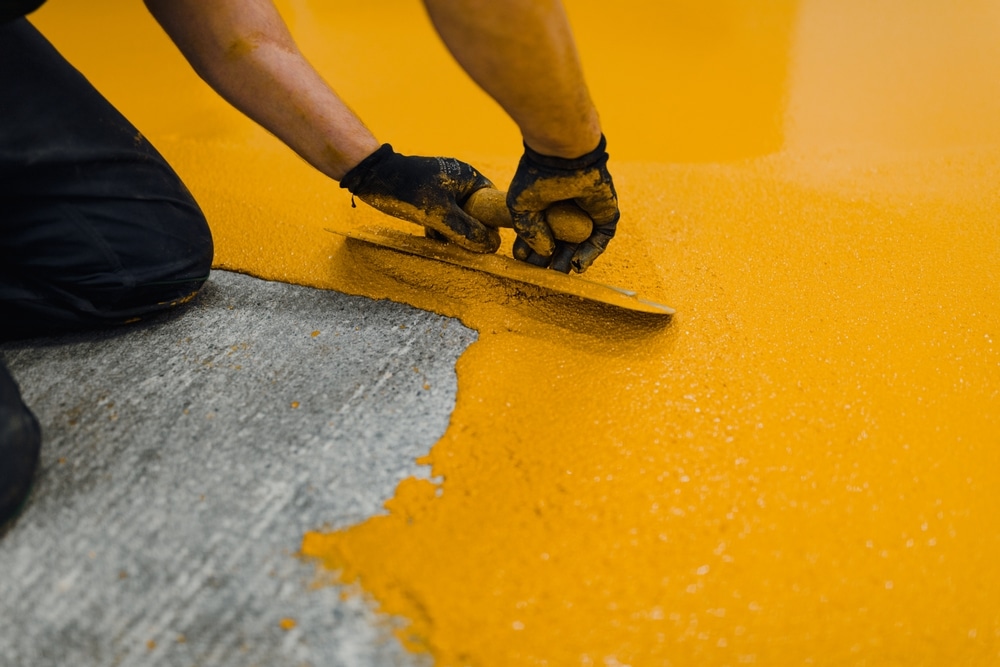
When it comes to protecting and beautifying surfaces, coating and painting have various applications across different industries. Both painting and coating serve vital purposes in protecting surfaces from environmental damage and improving aesthetic appeal.
Here are some of the main applications of paint coating for metal, industrial coatings, and more:
Residential Painting:
- Painting and coating are essential for maintaining the exterior and interior surfaces of homes. Exterior paints protect against weather conditions, UV rays, and moisture, while interior coatings help with color and texture. Many paints today also offer antimicrobial properties to reduce mold and mildew growth.
Industrial Coatings:
- Industrial coatings are used in manufacturing settings to protect equipment, machinery, and structural elements. Coatings in this sector provide protection against abrasion, corrosion, extreme temperatures, and chemical exposure.
Paint coating for metal is essential in industrial environments where metals are exposed to corrosive elements like saltwater or industrial chemicals. Protective coatings in these environments increase the lifespan of metal products and machinery, helping them resist rust and degradation.
Automotive Coatings:
- Automotive painting and coating have advanced in recent years, with coatings used to not only enhance the vehicle’s appearance but also protect it from scratches, environmental contaminants, and UV rays. Clear coats are commonly used over the base paint to add a glossy finish and additional protection.
Marine Coatings:
- Marine painting and coating are vital in protecting boats, ships, and other maritime vessels from harsh saltwater exposure. Anti-fouling coatings prevent the growth of marine organisms on the hull, while other coatings protect the boat from corrosion and damage caused by water exposure.
Floor Coatings:
- Epoxy coating and other floor coatings are widely used in commercial and industrial settings, including warehouses, garages, and factories. These coatings protect against heavy traffic, spills, and chemical exposure. They also help reduce maintenance costs by providing a durable, easy-to-clean surface.
Aerospace Coatings:
- In aerospace, coatings are critical for protecting aircraft from the elements. Coatings are used to prevent corrosion, improve aerodynamics, and offer thermal protection for various parts of the aircraft, such as the fuselage, wings, and engines.
Agricultural Coatings:
- Agricultural painting and coating applications include protecting farming equipment and structures from rust, corrosion, and environmental degradation. These coatings help extend the life of expensive equipment and structures like silos and barns, reducing the need for frequent replacements.
Each application of painting and coating has specific formulations tailored to the environment and purpose, ensuring maximum protection and performance. Understanding the difference between coating and painting is key to choosing the right solution for your needs.
Key Components of Paints and Coatings
To understand how paints and coatings work, it’s important to look at their key components. The ingredients in paints and coatings are carefully chosen to create the desired effect, whether it’s for appearance, protection, or both.
Ingredients in Paints and Coatings
- Pigments: Provide color and opacity. In coatings, pigments can also be formulated to resist fading due to UV exposure.
- Binders: These are the glue that holds the pigments and other components together, providing adhesion to the surface.
- Solvents: They are used to dissolve or disperse the binder and pigments. Solvents also determine the drying time of the paint or coating.
- Additives: Various chemicals are added to improve specific properties, such as flow control, thickness, and anti-microbial resistance.
Each ingredient plays a vital role in determining the final characteristics of the painting and coating product, whether it’s the ease of application, durability, or environmental resistance.
Chemical Structure and Manufacturing Process
- The chemical structure of paints and coatings determines how well they perform under specific conditions. For instance, epoxy coatings use a cross-linked chemical structure that enhances durability and chemical resistance, making them ideal for industrial applications.
- The manufacturing process also affects how the paint or coating interacts with the surface. For example, water-based paints have a different molecular structure than solvent-based paints, influencing their durability and environmental impact.
Environmental Considerations
- VOCs (Volatile Organic Compounds): VOCs are chemicals found in many paints and coatings that can harm air quality and contribute to environmental pollution. Manufacturers are moving towards reducing VOCs in their products to improve sustainability and indoor air quality.
- Water-based vs. Solvent-based: Water-based paints have a lower environmental impact and tend to be safer to apply, but solvent-based coatings often provide better durability and resistance to harsh conditions. Choosing the right formulation depends on the intended application.
- Green Alternatives: Eco-friendly options such as low-VOC, biodegradable, and natural paints and coatings are becoming more popular. These options reduce environmental impact without sacrificing performance.
Innovation and Technology: The Future of Paint and Coating
The painting and coating industry is continually evolving, with new technologies and innovations changing the way surfaces are protected and enhanced. Here’s a look at the future of paint and coating technologies.
- Nano coatings: One of the most exciting advancements in coatings. These ultra-thin layers provide water repellency, scratch resistance, and self-cleaning properties. They’re already being used in industries like electronics and automotive for protective coatings that don’t alter the appearance of the surface but offer superior performance.
- Self-healing coatings: Imagine a coating that repairs itself after being scratched or damaged. Self-healing coatings are a breakthrough in surface protection. These coatings contain microcapsules that release healing agents when damaged, making them ideal for high-traffic or high-wear surfaces.
- Smart paints: Smart paints are becoming increasingly popular for their advanced properties. Examples include heat-resistant paints for industrial equipment, anti-microbial coatings for healthcare settings, and paints that can change color in response to environmental conditions. These smart paints are transforming how we think about surface protection.
Also, there have been some improvements and industry trends like eco-friendly coatings, which are leading the charge in sustainability. Manufacturers are focusing on low-VOC, water-based, and biodegradable alternatives that reduce environmental harm. Sustainability is not just a trend but a long-term shift in the industry.
The future of paints and coatings looks promising with innovations aimed at improving both sustainability and performance. As industries focus on eco-friendly solutions and technological advancements, we can expect smarter, more durable, and environmentally conscious coatings in the years to come.
Conclusion: Painting and Coating Are Not the Same
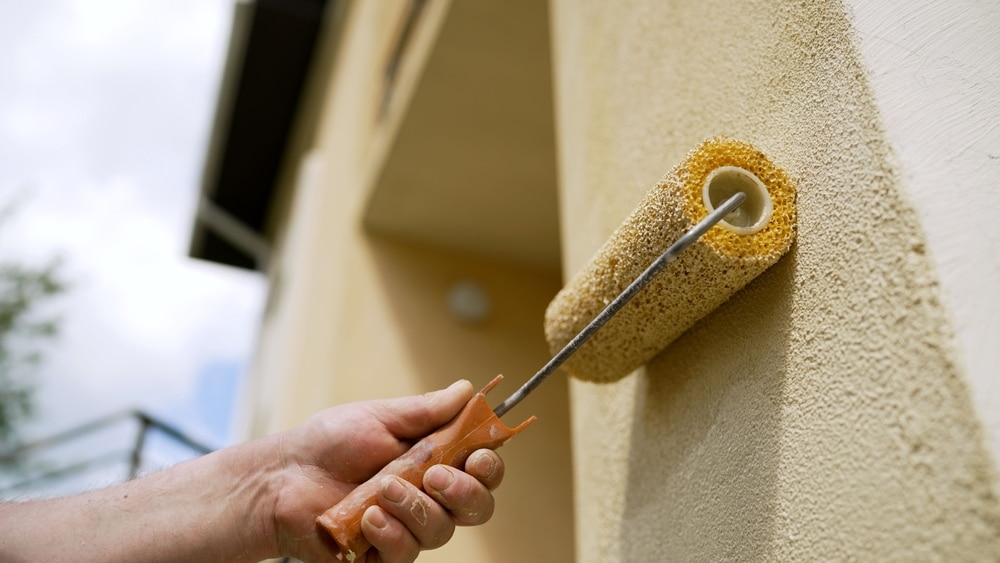
In the world of painting and coating, understanding the differences between the two can make all the difference in achieving lasting results. From residential projects to industrial applications, both painting and coating serve essential roles, whether it’s for aesthetic appeal or protective durability.
With new technologies and eco-friendly innovations continually emerging, the painting and coating industry is evolving to meet the needs of businesses and homeowners alike.
Making the right choice, whether it’s a protective coating for metal or decorative paint, will not only enhance the lifespan of surfaces but also reduce long-term maintenance costs.
FAQs
What is the paint and coating industry?
The painting and coating industry focuses on the production and application of materials that protect and decorate surfaces. It includes products like paints, coatings, and finishes for various industries.
Is paint considered a coating?
While both are used for surface protection, paint is primarily for aesthetic purposes, while coatings are designed for durability and protection against elements like corrosion and wear.
What is the difference between a coating and a finish?
A coating provides a protective layer, while a finish refers to the final appearance of the surface, which can include gloss, texture, or color.
Why are the terms painting and coating often used interchangeably?
Both terms are sometimes used interchangeably because they involve applying a material to a surface, but coatings generally offer more protective benefits, while paints are often focused on appearance.
How many types of coatings are there?
There are many types of coatings, including protective, anti-corrosion, epoxy, marine, and floor coatings, each serving specific applications and needs.
Which type of coating is best?
The best type of coating depends on the application. For example, epoxy coatings are ideal for industrial applications, while acrylic coatings are great for exterior surfaces.
What is the difference between epoxy coating and paint?
Epoxy coating is a highly durable, long-lasting material designed for industrial applications, while paint is primarily used for aesthetic purposes and provides mild protection.


